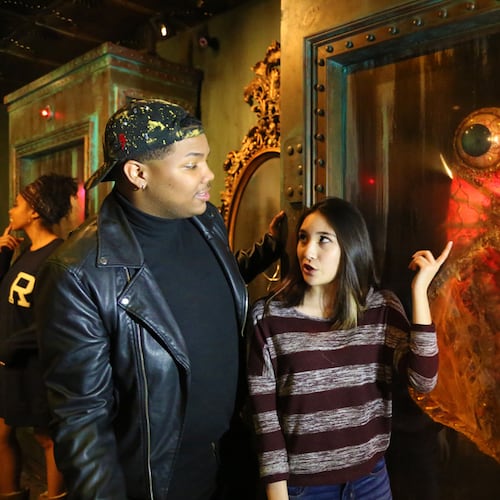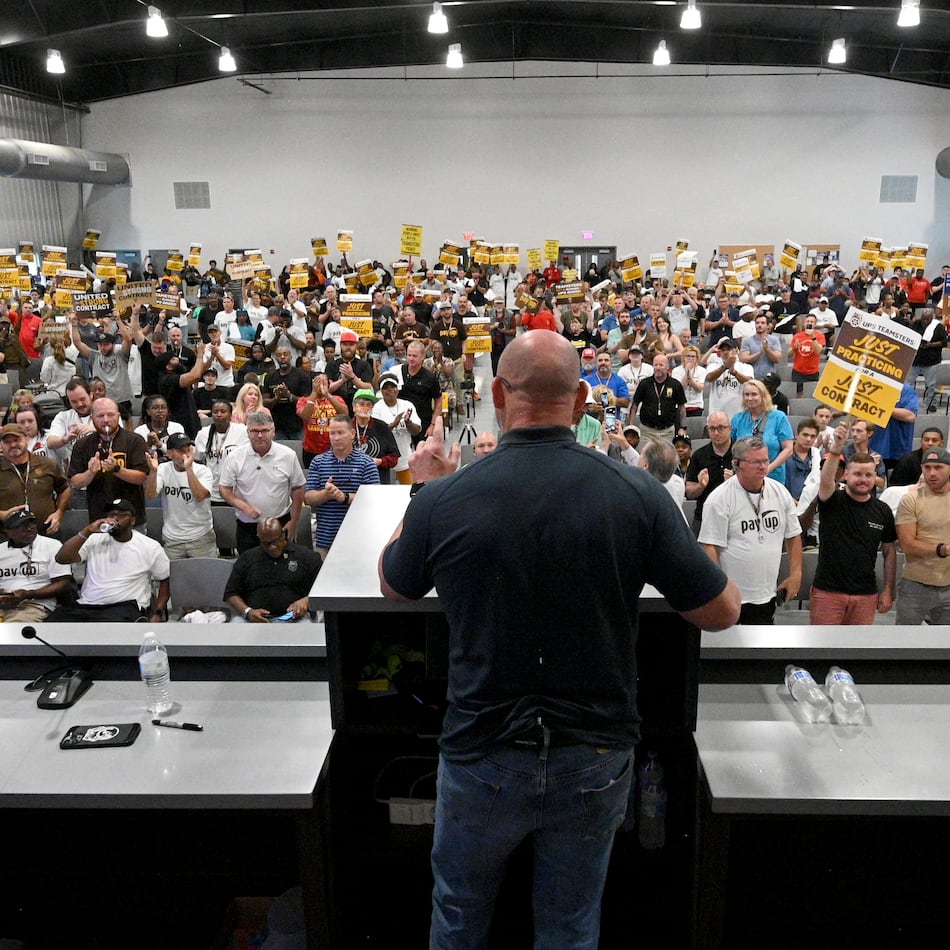If you're still in the mood for some chilly fun, head to Centennial Olympic Park or downtown Conyers for a little ice time. Both of these portable ice rinks have become a winter tradition for dates and families to attempt a few glides and twirls. You can get your skate on at the Conyers rink until Feb. 8 but the Centennial Olympic Park ice rink season ends Sunday. Here is our guide to surviving a cold day on the ice.
Before you skate
Dress appropriately. Outdoor skaters tend to overdress, showing up in parkas, snow pants and three pairs of socks. Add in body heat from an increased heart rate and you'll be sweating before you know it.
While lots of people wear jeans to skate, be aware that they become stiff when wet. It's best to dress in layers that can be peeled off. Lightweight polyester sweats work well for mobility and warmth. And just one pair of socks or tights should do.
Wear gloves. You'll be glad you did when you fall down. It's also good protection from errant skate blades, as well as the solution to the runny nose that plagues many outdoor skaters.
Wearing rentals. Unlike sneakers or roller skates, ice skates should fit snugly. Make sure to get the right size.
• Renegade laces can lead to accidents. Lace rental skates all the way to the top, using the hooks, and tying tightly. Tuck long laces into the boot or double tie.
• Rental skates cost $2 at both rinks. On Fridays and Saturdays at Centennial Olympic Park, expect to wait up to 30 minutes for rentals.
Pack lightly. The outdoor rinks don't have lockers, so you'll want to leave handbags and bulky gadgets at home.
On the ice
• If you can walk, you can skate.
No need to worry about weak, wobbly ankles. Skates will take care of that. If you have roller skated, or you haven't been on ice since childhood, muscle memory eventually will kick in.
• Where you look is where you go. Watching the ice only gets you closer to it. So keep your eyes ahead of you. If you are a good skater, help your date by skating backward and keep their eyes on you, not the ice.
• The rail is not your friend. Grabbing the side rail for dear life seems like a good idea. But ankle twists and collisions often occur in this region of false security. Try skating about 3 feet from the rail. To stay balanced, keep your knees soft and your arms out to the sides.
• Slow your flow. To stop, bend your knees and point your feet slightly toward each other. Neophytes can simply slow to a stop.
• Stand tall. Hunching over to hold up Junior while on ice is likely to leave you with a backache. Instead, tell your little ones to imagine their bodies as the letter "T." Tight and tough. This way, you can hold one of their hands and stay upright. This is also a confidence booster and might inspire kids to skate away from you.
• We all fall down. Taking a tumble is all part of the fun. To get up, use the toepick of your skate to pry yourself up, one foot at time. Brush off the snow, then keep going. Encourage frustrated family members by explaining that falling is part of the experience.
• Step away from the spinners. If you see a good skater doing one of those superfast scratch spins, stand back. They probably can't see you and you could both end up in a crash.
• Ask for help. Skaters often have tips that could help you get around the rink. While you may not be ready for a salchow yet, you might learn how to glide on one foot, or to do a simple crossover.
Jamila Robinson is the AJC food editor and a member of U.S. Figure Skating
About the Author
Keep Reading
The Latest
Featured


